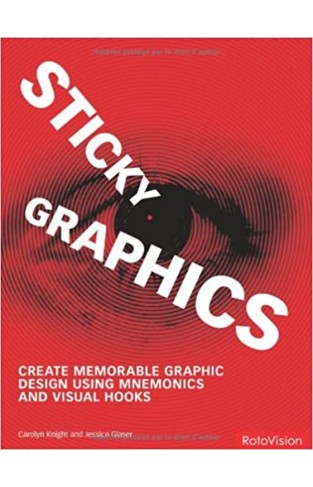Memories do not necessarily have any association with good or bad design, but simply with devices that stay in the mind's eye. Good design is often memorable, but not always mnemonically, in that it cannot be described, or recreated with any assured accuracy. Viewers may have a recollection of its pleasing nature, but have little recall as to precisely why this is. If "red top" newspaper mastheads, the McDonalds golden arches, the Nike logo or the Heinz baked beans label are considered typical of successful mnemonic devices, it is interesting to debate their aesthetic merits. Sticky Graphics evaluates the audience's role in responding to mnemonic devices by discussing the impact of such influences as experience, familiarity and uniqueness. For example, designs that feature a viewer's favorite color, shape, or significant topic are likely to trigger a more positive and productive memory. Defined as the art of assisting memory, mnemonics play an essential and often unsung role in successful graphics. Sticky Graphics concentrates on the mnemonics of graphic design, and focuses on design memory devices. Presenting methods and solutions for ensuring audience retention and recollection though and examination of Typography, Graphic Wit and Shock, Metaphor Language, Use of Scale, Color Image, Materials, and Composition as well as insight into smell, sound, and touch.












